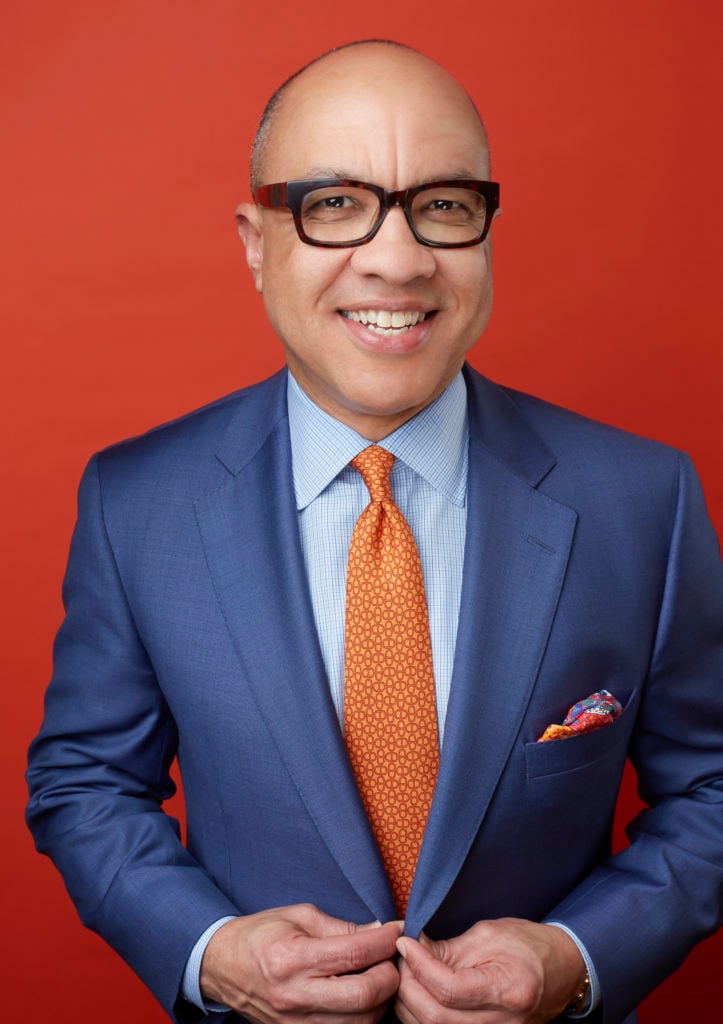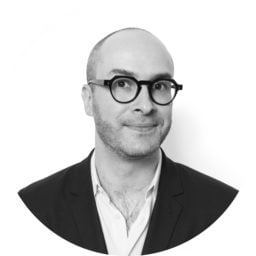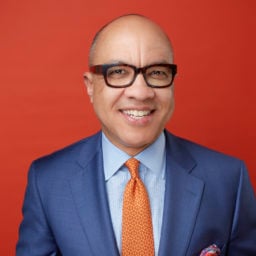This summer, something that once seemed impossible happened before our eyes: a constellation of protestors managed to topple the powerful vice-chair of a museum board. The trustee in question, Warren Kanders, had served on the board of the Whitney Museum of American Art for 13 years and had donated a total of $10 million to the institution. He is also the owner of a defense company, Safariland, that produces munitions for police and military forces and has supplied tear gas used against migrants on the US/Mexico border.
Over eight months, the Whitney saw a wave of demonstrations, led first by the group Decolonize This Place and then by eight artists who withdrew from the Whitney Biennial in protest of Kanders’s presence on the board. And then, on July 25th, Kanders—who Whitney director Adam Weinberg had tried to shield, arguing the museum’s reliance on patronage meant it “cannot right all the ills of an unjust world”—resigned in fury, declaring that he refused to play a role in the museum’s “demise.”
Kanders’s downfall did not happen in a void. Throughout the year, we had watched as museum after museum cut financial ties with the Sackler family, the eminent art patrons whose generous donations were funded by the fortune they made by addicting huge swaths of the country to Oxycontin—a crime that has now given rise to hundreds of lawsuits. Meanwhile, in London, activist groups staged mass demonstrations at the British Museum and other institutions to protest their financial ties to petroleum companies. And the Guggenheim and the New Museum became embroiled in ugly confrontations with their staffs, who formed unions to confront what they deemed unfair management practices.
Still, Kanders’s resignation sent the museum world reeling, posing questions that—for institutions reliant on private patronage—bordered on the existential. Is there such a thing as immaculate money? What litmus test would be extensive enough to placate critics? And how can you convince wealthy donors to fund a museum if they know their names can be stripped off the walls the moment the source of their money falls afoul of popular sentiment?
At a time when most leaders in the museum field have made themselves scarce, fearing the slightest defensive peep would draw the ire of an energized protest community now actively seeking its next target, one of the few people to publicly address this moment has been Ford Foundation president Darren Walker. A near-universally respected figure who directs his organization’s financial firepower—$600 million a year in grants, nourished by a $13 billion endowment—toward socially progressive cultural causes, Walker wrote an op-ed in the New York Times the day after Kanders resigned titled “Museums Need to Step Into the Future.” In it, he argued that our institutions should seize this moment of social foment as an opportunity to address issues of inequality, remaking their boards, staffs, and programming to better reflect America’s growing diversity.
Yet the rhetoric of populist anger toward wealthy donors is something that makes Walker profoundly uneasy—in large part because he, better than most, understands how reliant culture is upon private philanthropy, and how vulnerable our institutions would be if the source of this philanthropy were to diminish.
To better understand Walker’s reservations, artnet News’s Andrew Goldstein spoke to the voluble head of the Ford Foundation about his views on where things are headed.
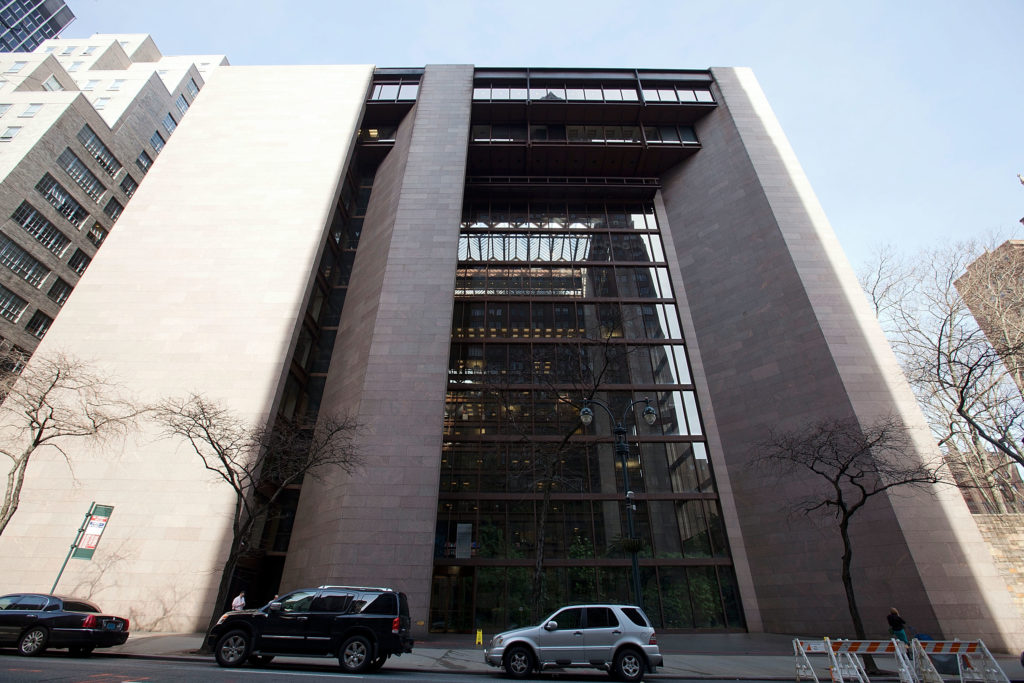
The Ford Foundation Building. Photo: Dario Cantatore/Getty Images.
In your Times op-ed, you wrote that the Kanders episode “reveals the extent to which museums have become contested spaces in a rapidly-changing country,” finding themselves “in the same struggle tearing society apart—a struggle fueled by worsening inequality of every kind.” How does his ouster make you feel?
Let me talk about the Whitney, and then let’s talk about the larger issue. I think what was really unfortunate about this is that, among museums in America, the Whitney stands out for its diversity. This is the irony here—there is probably no museum in America that has done more to transform itself in terms of its programming, its curatorial staff, its identity, than the Whitney. I think under Adam [Weinberg]’s leadership, the organization has been an exemplar.
Now, having said that, I think one of the challenges is that in this time of growing inequality, boards that are not more diverse are more vulnerable to attacks. I don’t see diversity as a defensive strategy. As I wrote in that piece, diversity is additive to a board’s effectiveness and success. At the same time, it would be really unfortunate if the result of this would be to discourage generous donors from joining museum boards.
Museums need wealthy patrons on their boards. These museums won’t stay open without the generous support of patrons. To me, those are incontrovertible facts. What I also believe is that their trusteeship should not be defined through a single criterion. Because every board needs a mix of assets to be effective. Some of those assets are financial, and some are more qualitative, more relationship-oriented, more politically sensitive. They need to recognize that museums have stakeholders, and those stakeholders can be political stakeholders, community stakeholders, and other people who care about the institution and who are influential.
You want to have a board that’s diverse enough that these different stakeholders feel they have representation in the institution. Unfortunately, some people have framed having a diverse board as oppositional to having a wealthy board. These are one-dimensional ideas. I’m simply saying that you can have both, and you should have both. It would be a grave error to demonize wealthy people. That is something that I find regrettable about the discourse around the Whitney board, around this whole controversy.
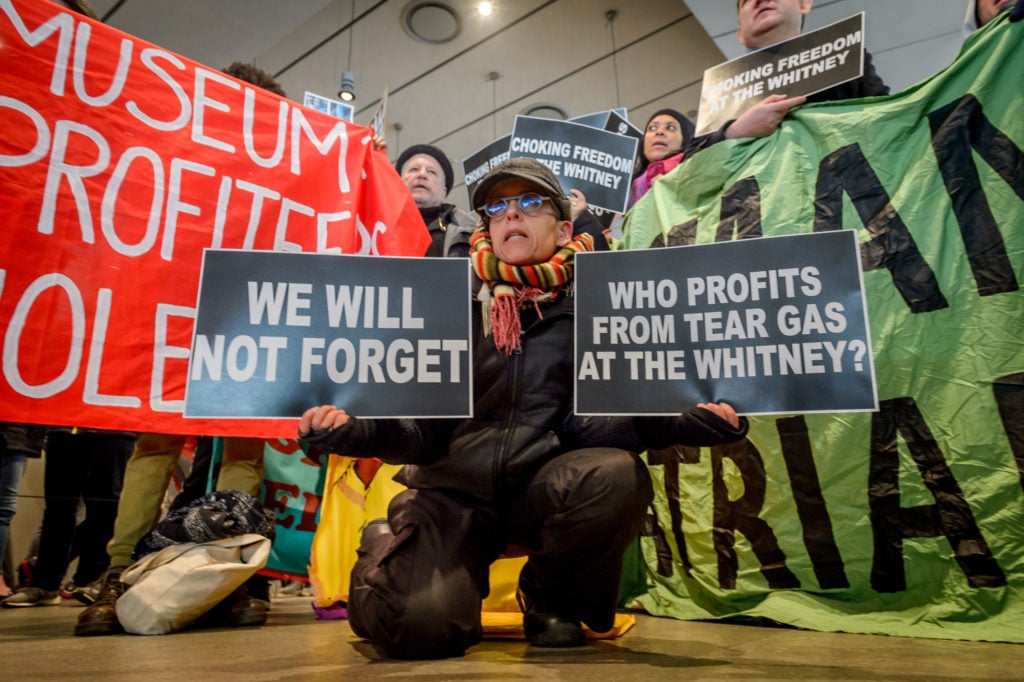
Activists took over the lobby at the Whitney to protest Warren B. Kanders. (Photo by Erik McGregor/Pacific Press/LightRocket via Getty Images)
While Kanders’s ownership of weapons companies linked to politically repressive causes was the main rallying cry in the push against him, it’s interesting that you pinpoint diversity as one of the factors that led to the protests. One of the prime movers in ejecting Kanders was Hannah Black, who co-wrote the Artforum essay “The Tear-Gas Biennial,” calling on artists to withdraw from the exhibition. Two years earlier, she had also been a major figure in the outcry over Dana Schutz’s Emmett Till painting Open Casket, which led to a widespread referendum on the politics of representation and diversity—which then, in turn, led to this year’s Whitney Biennial being one of the most diverse on record. The push for diversity and the demand for the ethical purity of the board of trustees seem like very different things. How do you reconcile them?
We have here a situation of the perfect being the enemy of the good. I think what is disturbing is the rhetoric of some of the protestors, who are in favor of destroying the system. I think that would do irreparable harm. The protestors who want to destroy the system, want to destroy museums, don’t have a solution or a reasonable alternative to offer. It’s relatively easy to talk about destroying a system. It’s harder to build and sustain one. While I appreciate protests, those of us who are focused on solutions can’t be distracted by extreme perspectives.
I wonder if the protestors might argue that it’s not their job to be the solution—it’s their job to highlight and intensify the problem. It seems that progressive forces are divided between incrementalists who want to nurture slow, systemic changes and accelerationists who are specifically trying to blow things up so they can rebuild something more equitable from the rubble. You’ve been involved in progressive causes for years. Which of these do you find more useful and compelling as a strategy?
As a strategy, you have to be solutions-focused. One of the things I worry about these days is that we have lost our ability to understand nuance, and our awareness that context and nuance still matter. While I am a believer in the need to dismantle some of the systems and structures that represent a kind of a white hegemony, I think it would be a grave mistake to destroy a cultural ecosystem that needs reform, not destruction.
Our focus must be on reforming the system, not destroying the system. I can’t speak for all of us in philanthropy, but at Ford, we are system-reformers, not system-destroyers. I think the system of board governance needs to be modified and improved upon. It does not need to be destroyed, and we don’t need to demonize wealthy people. There are some people who deserve criticism. It’s an error to label broad swaths of people negatively.
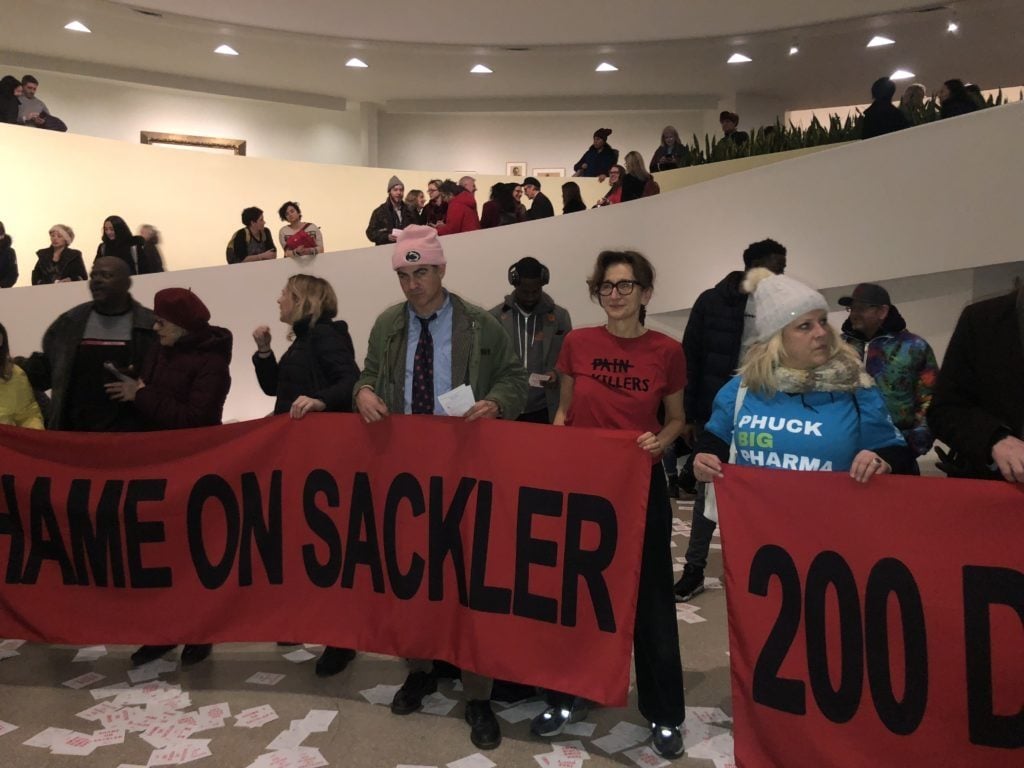
The protestors at the Guggenheim Museum. Photo: Caroline Goldstein.
It seems to me that there is a lot of popular outrage driven by the heat of the moment. While many museums have severed ties with the Sacklers, refusing to take new money, there have been some calls for them to also expunge previous gifts—even though when institutions began taking money from family members tied to Purdue Pharma, OxyContin was seen as a miracle painkiller, not a glorified form of heroin.
This is a point I am familiar with. I lead a foundation named for a man who, while he was a great industrialist—and he was the first industrialist to name inequality as a social problem—was a known anti-Semite and racist. John D. Rockefeller’s company literally killed people in the pursuit of extracting oil from the ground. These men were reviled in their day. I say all of that to remind us that context matters. As you say, there was a period of time when we did not understand the full impact this drug. It had a different public identity, if you will. That’s why I come back to context and nuance.
It might be hard to persuade donors to give money to your museum if you can’t assure them that five years later, you’re not going to vilify them and take their name off of the wall when public sentiment around their industry changes. Consider someone like Mark Zuckerberg, or even someone less currently polarizing, like Sergei Brin. Would their money be a form of acceptable museum patronage, or would that draw protests? How would their gifts today be seen five years from now?
Part of the dilemma is that there is greater transparency today than ever before. We live in a more democratic time and a more participatory time. People hold institutions and wealthy people more accountable. I think it’s a good thing to hold us more accountable to be ethical, to be more conscious of the harm that can be done from our investments and our businesses. I think that’s fair. What’s not fair is to demonize people. Ultimately, it could do more harm than good.
As you suggested in your op-ed, the cultural field is starting to resemble the political field, with all of the battles that are raging right now. The difference is that art doesn’t have the same kind of organs that we have in the political field—like Congress, or other legislative assemblies—to have debates, resolve disputes, and create solutions-oriented policy. There’s no place where all the various stakeholders can have accountable representation and hash out differences. Do you think it would be possible to create some kind of organization like that that would have credibility?
Absolutely. First of all, I think this [moment] is going to demand that the AAMD [Association of Art Museum Directors] and the other trade organizations really up their games, because more is going to be demanded of them. This is also going to mean that museums will need to make sure that they have strong community-relations programs, and that there are staff who are dedicated to strengthening those relationships with key stakeholders in order to build a sense of shared purpose and vision. That’s going to be critical. We definitely need something stronger than what we have.
